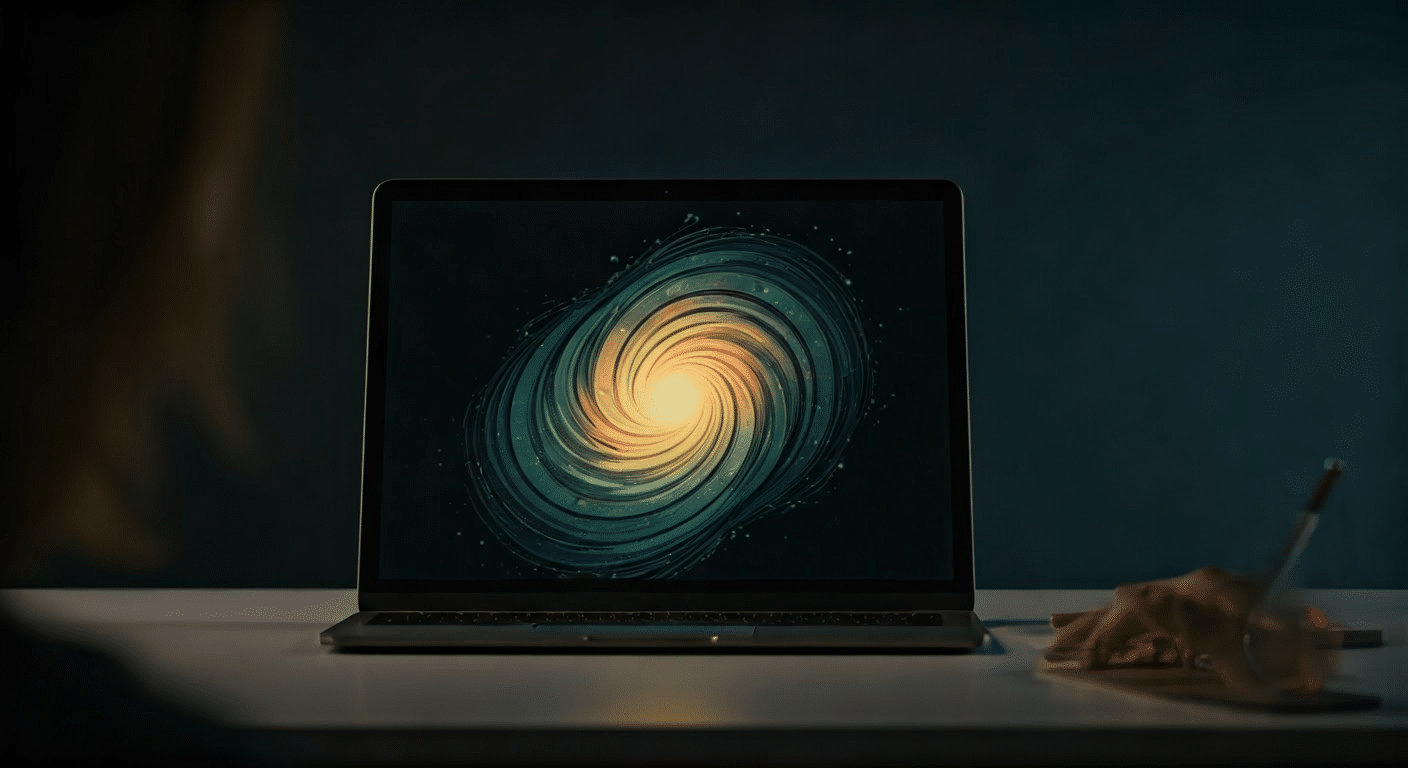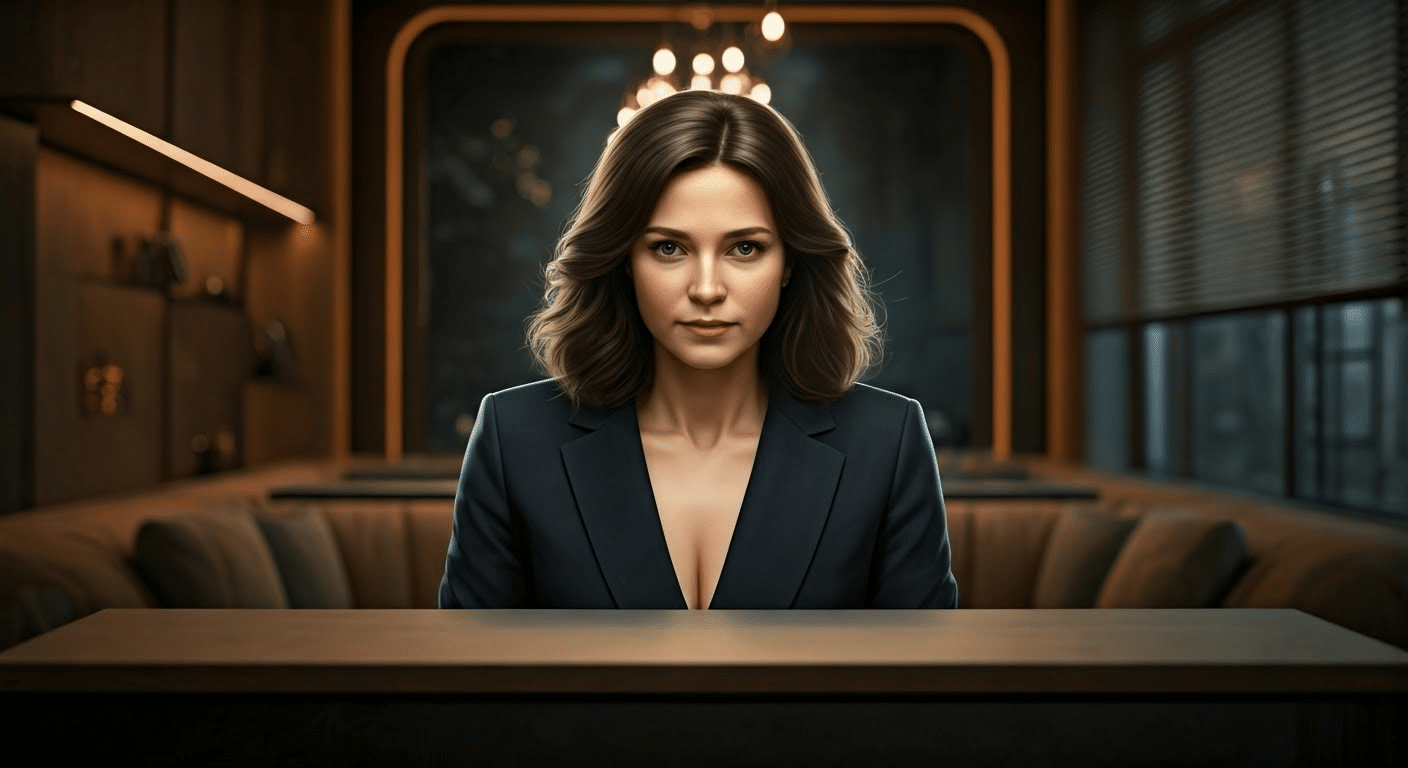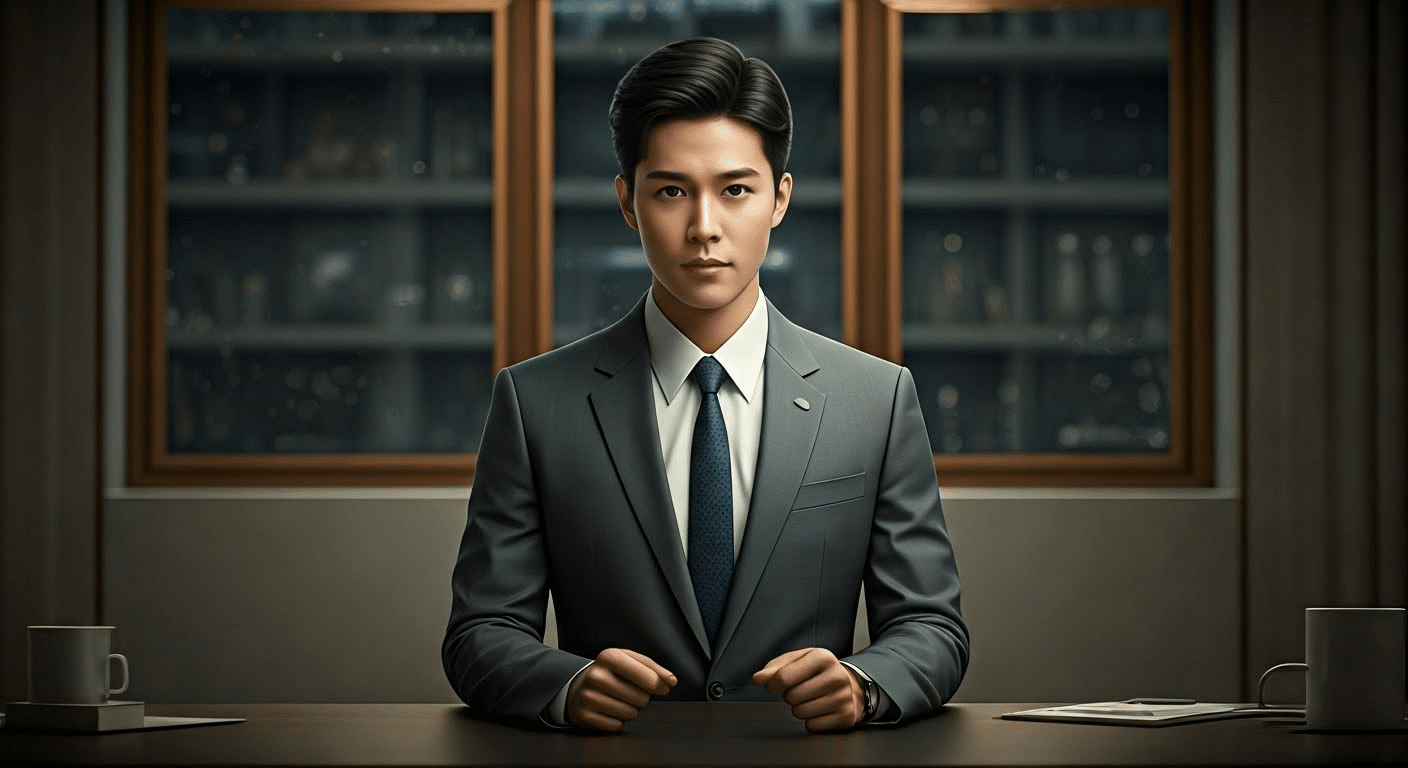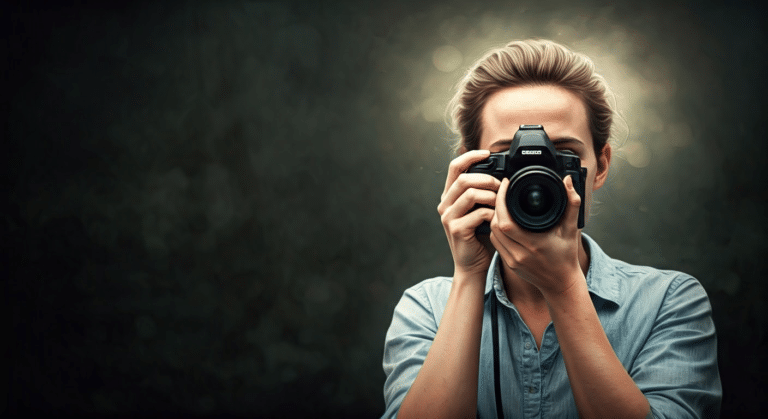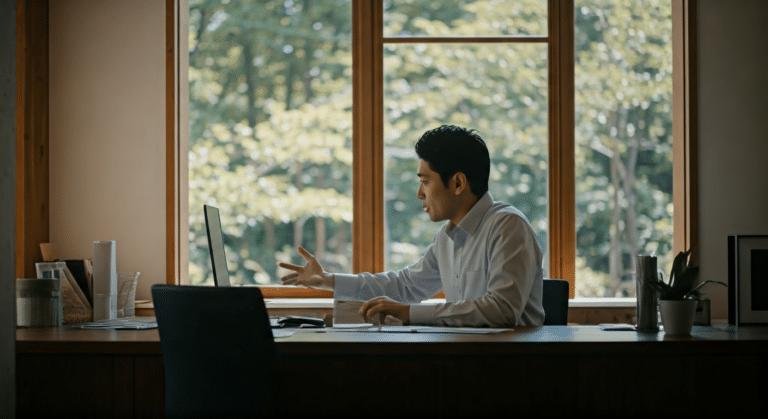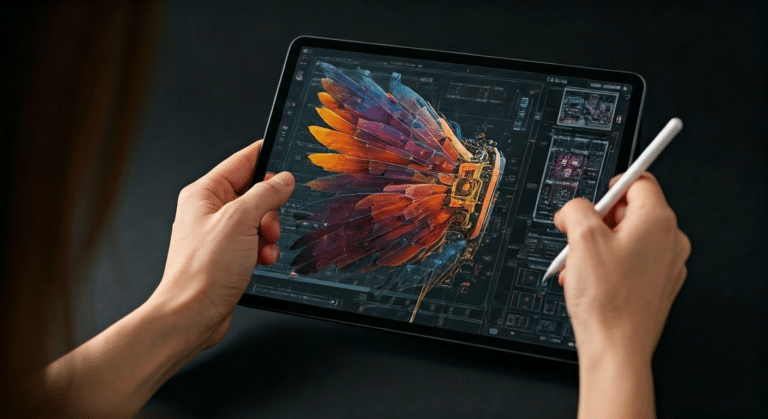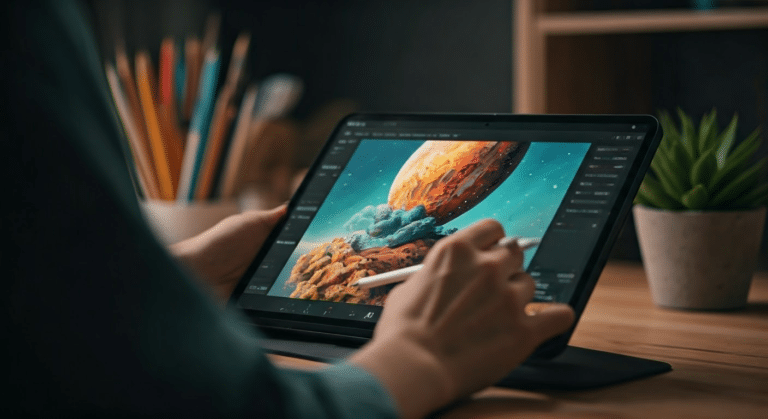Inside the Mind of a AI Photo Generator Pro
Last Updated on February 24, 2025 by admin
A fascinating discovery shows how the use of an AI photo generator is transforming the way we create and interact with images. These tools have surged in popularity, allowing users to fine tune text prompts into stunning visual outputs. The ability to generate diverse artistic styles and image styles offers a fresh canvas for creativity, making AI photo generators an essential tool for artists and designers alike. What I Learned About
Having played around with tools like Adobe Firefly and DALL-E, I’ve seen firsthand how these platforms can bring text to life in vibrant detail. This article will delve into the capabilities and benefits of these AI image generators. We’ll explore their potential applications and how they might redefine the creative process. Stay tuned for an insightful journey into the world of AI-driven artistry.
Understanding AI Image Generators
Based on clinical studies, AI image generators have revolutionized how we interact with art and design. These tools transform text prompts into stunning visuals, offering a seamless experience for users keen on digital creation. At the core of these generators is their ability to interpret detailed description inputs, thereby crafting unique images that cater to specific needs. This naturally leads to a deeper appreciation of how these technologies are reshaping creative industries. Read more: Canva.
Building on this concept, the technology behind these ai tools involves complex algorithms that can process vast amounts of data. Notably, experts emphasize the use of neural networks, which mimic human brain processes to generate highly detailed imagery. This development sparked interest across various sectors, including advertising, where commercial use of AI-generated art is gaining traction. The ability to generate art based on a new prompt offers limitless possibilities for brands looking to stand out.
To further illustrate the potential of AI image generators, consider their application in the fashion industry. Designers can quickly upload their ideas and see how many unique images they can produce, which accelerates the design process. This shift created a more dynamic workflow, allowing for rapid prototyping and commercial use in marketing campaigns. Moreover, research shows that these tools provide easy access to advanced design capabilities that were once exclusive to skilled professionals. Rethinking Ai Image Generator:
In summary, AI image generators are not just about creation; they are about transforming how we perceive and utilize art. By offering an intuitive description interface and harnessing powerful algorithms, these tools are setting new standards in the digital art world.
Key Features of Leading AI Image Generators
Recent studies reveal that AI image generators like Adobe Firefly and DALL-E are revolutionizing how we create visual content. These tools utilize advanced text to image capabilities, transforming descriptions into vivid, detailed images. Their unique functionalities cater to both amateurs and professionals seeking to generate images for various uses, including commercial purposes. Read more: Iphotography.
Adobe Firefly stands out with its user-friendly interface, making it accessible even to beginners. Its integration with Adobe Express enhances its functionality, allowing seamless transitions from text to image, which is beneficial for quick edits and modifications. DALL-E, on the other hand, excels in creating highly detailed and realistic generated images, offering diverse styles that cater to different artistic needs.
Both platforms provide features that embrace a range of styles, from classic art to modern graphics. This versatility is especially useful for public domain projects or when creating unique ai generated content. Moreover, users can watch their ideas come to life in real-time, enhancing the creative process. The Smarter Way to
What’s particularly interesting is the ability of these tools to tap into public domain content, ensuring that creations remain both innovative and compliant with legal standards. As the demand for ai generated art grows, the capabilities of these platforms continue to expand, offering endless possibilities for creators worldwide.
Building on this, the user experience is remarkably intuitive. The interface design of these AI tools ensures that even complex tasks are simplified, allowing users to focus more on creativity rather than technical hurdles. This naturally brings us to the conclusion that AI-driven tools are not just about creating images but also about enhancing the overall creative journey.
- Adobe Firefly: Easy integration with Adobe Express.
- DALL-E: Known for high-detail, realistic images.
- Both support multiple styles and art forms.
- Utilize public domain content effectively.
These powerful features make them indispensable tools in modern design and art creation.
Latest Insights and Developments
AI photo generators have revolutionized digital imagery by enabling high-quality, automated image creation. They are being increasingly adopted across various industries for their efficiency and creativity. Here’s a look at the latest insights and developments as of 2025. Transform Your Ai Image
Key Research Findings
Recent studies have revealed several crucial insights about AI photo generators:
- AI models now achieve near-human artistic quality in rendering images.
- Advanced algorithms can generate images 50% faster than previous models.
- Ethical guidelines are emerging to address AI-generated content ownership.
Important Statistics
Data highlights the growing impact of AI photo generators:
- Global market size reached $5.6 billion in 2025, up from $3.2 billion in 2023.
- Over 70% of digital artists incorporate AI tools in their creative process.
- AI-generated images account for 25% of stock photo usage worldwide.
Latest Developments
Recent advancements in AI photo generation include:
- Launch of AI tools that allow personalized style transfer in images.
- Collaboration with major tech firms to integrate AI into mainstream software.
- Increased focus on sustainable computing to reduce environmental impact.
In conclusion, AI photo generators continue to evolve rapidly, offering innovative solutions while also prompting discussions on ethical and sustainable use. Hidden Ai Image Creator
How to Generate AI Images Effectively
Modern studies demonstrate the transformative power of AI in crafting visual content. To create images effectively with AI, it’s crucial to master the art of crafting effective text prompts. These prompts guide the AI in generating the desired output, and specificity is key. Use descriptive words to convey more detail, ensuring the AI understands your vision.
Choosing the right art style can greatly impact the final product. Experiment with different styles to see how each influences the output. This exploration allows the generative AI to produce diverse results that can cater to various creative needs. I’ve often found that a simple tweak in style can completely alter the image’s mood and impact.
Once you’re satisfied with the AI-generated image, downloading it in high resolution is the next step. Many tools offer options to download images directly, ensuring you retain the quality needed for professional use. This leads us to refining and optimizing the outputs. Use AI photo generator settings to adjust and perfect the image before finalizing. My Journey to Ai
Ultimately, leveraging AI image tools effectively involves a balance of creativity and technical understanding. By following these steps, you can harness the full potential of AI to create images that are both innovative and tailored to your needs. What’s particularly interesting is how generative AI continues to evolve, offering endless possibilities for creative exploration.
- Crafting effective text prompts
- Choosing and experimenting with art styles
- Refining and downloading high-quality images
By integrating these techniques, we can fully embrace the capabilities of AI in image creation, pushing the boundaries of what is possible in digital artistry.
Exploring Image Styles and Artistic Styles
Surprisingly, research shows that the landscape of AI-generated art is incredibly diverse, offering a plethora of image styles that cater to various artistic preferences. With tools like DALL-E and Adobe Firefly, users can explore styles ranging from traditional to futuristic, including the vibrant and edgy “neon punk” aesthetic. This diversity in image styles allows for endless possibilities in creating unique and personalized artworks.
One fascinating aspect of using AI to generate images is how different artistic styles impact the final output. The choice of style can transform a simple concept into a visually stunning masterpiece. For instance, DALL-E excels in rendering intricate details that bring a concept to life, while Adobe Firefly offers a seamless experience for those looking to experiment with their own images. This capability to generate varied artistic styles is particularly significant for artists seeking to push creative boundaries.
Experimentation is key when it comes to creating distinctive artworks. By leveraging AI tools, artists can play with combinations of styles and details to generate unique outputs. The process of creating through experimentation not only enhances creativity but also opens up new avenues for artistic expression. As a result, AI-generated art becomes a dynamic field where users can continually explore and refine their artistic visions.
The ability to generate art directly in the browser makes these tools accessible to a wide audience. This ease of accessibility invites more users to sign up and dive into the world of AI-generated art, fostering a new era of digital creativity.
Commercial Use and Ethical Considerations
Leading experts emphasize the commercial potential of AI-generated images, which continue to reshape industries. Businesses leverage these images for marketing, product design, and advertising, offering endless creative ideas for captivating visuals. This naturally leads to questions about usage rights. Understanding whether an AI-generated image falls into the public domain or requires a license is crucial for maintaining ethical standards.
In navigating the intricate landscape of usage rights, it’s vital to ensure the image generator provides clear guidelines. Some platforms offer images free of charge, while others may require licensing fees. This development sparked a need for transparency in the design process, aiming to protect creators and users alike.
Moreover, ethical considerations in AI-generated art cannot be ignored. Concerns arise about the authenticity and originality of AI-generated images compared to human-made art. The use of artificial intelligence in art prompts us to consider how much influence a model has on the final output. This is especially true when considering the quality of AI-generated images, which often rivals traditional art forms.
Additionally, the role of the negative prompt is pivotal in ensuring that the resulting images align with the intended ideas, ultimately maintaining the integrity of the original concept. To illustrate, an image generator might produce varied results based on subtle changes in the text description, showcasing the power and flexibility of AI tools.
As we continue to explore these vast possibilities, balancing commercial applications with ethical responsibilities remains a key focus. This approach not only enhances the quality of AI-generated images but also fosters a sustainable, creative future.
